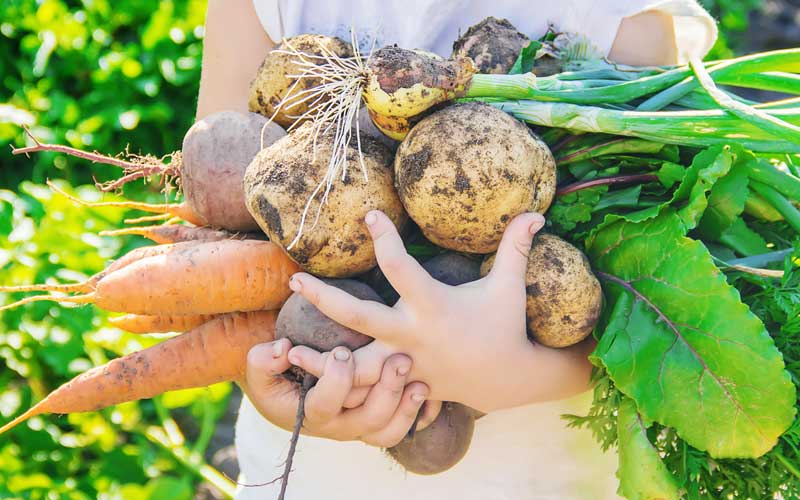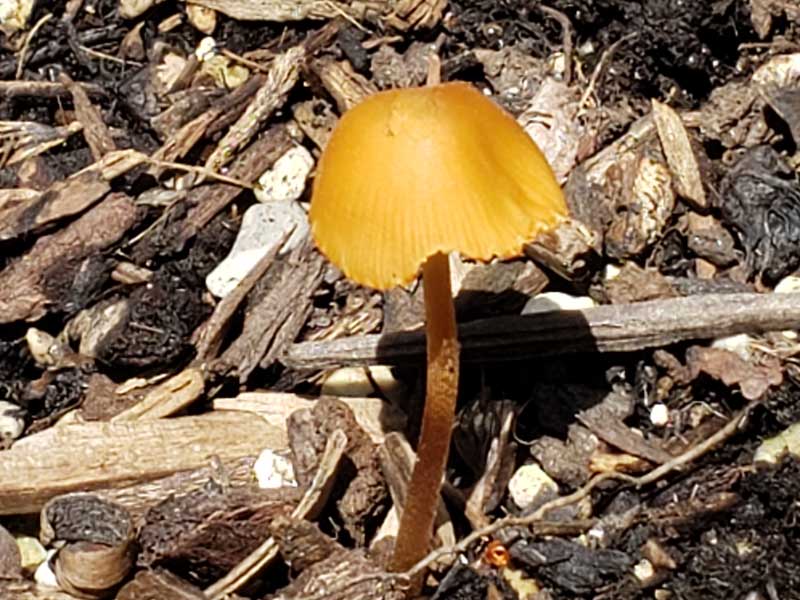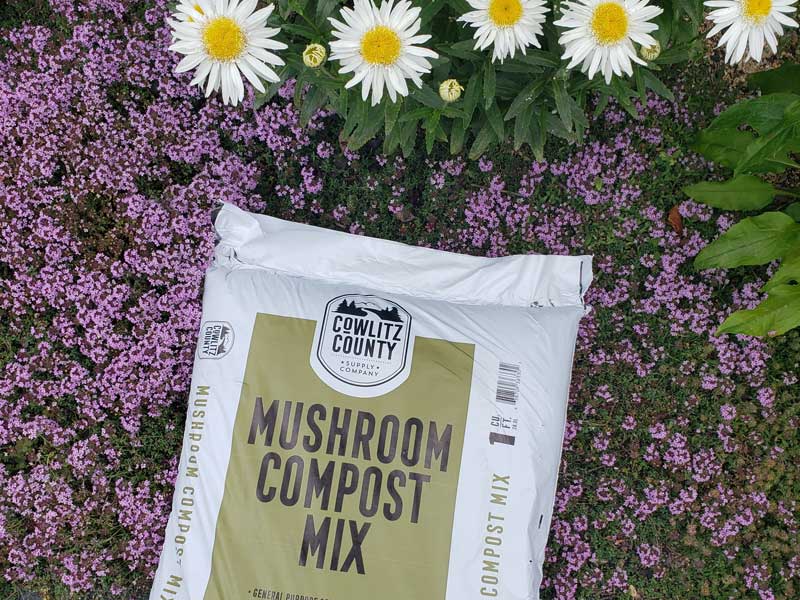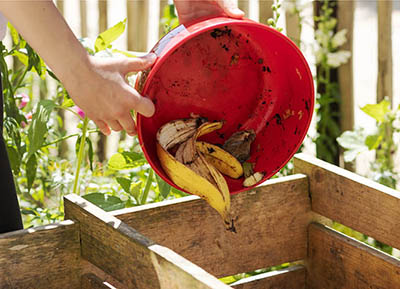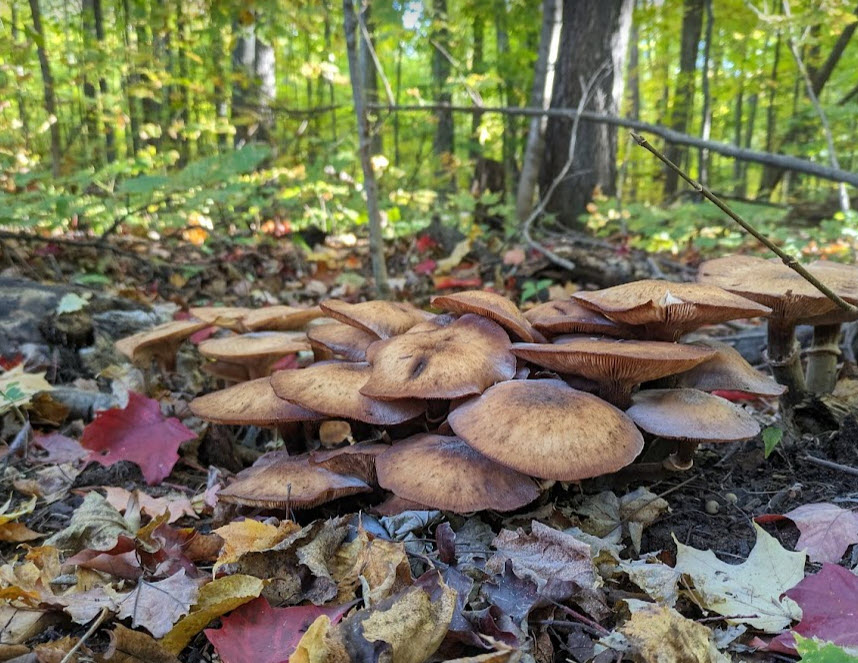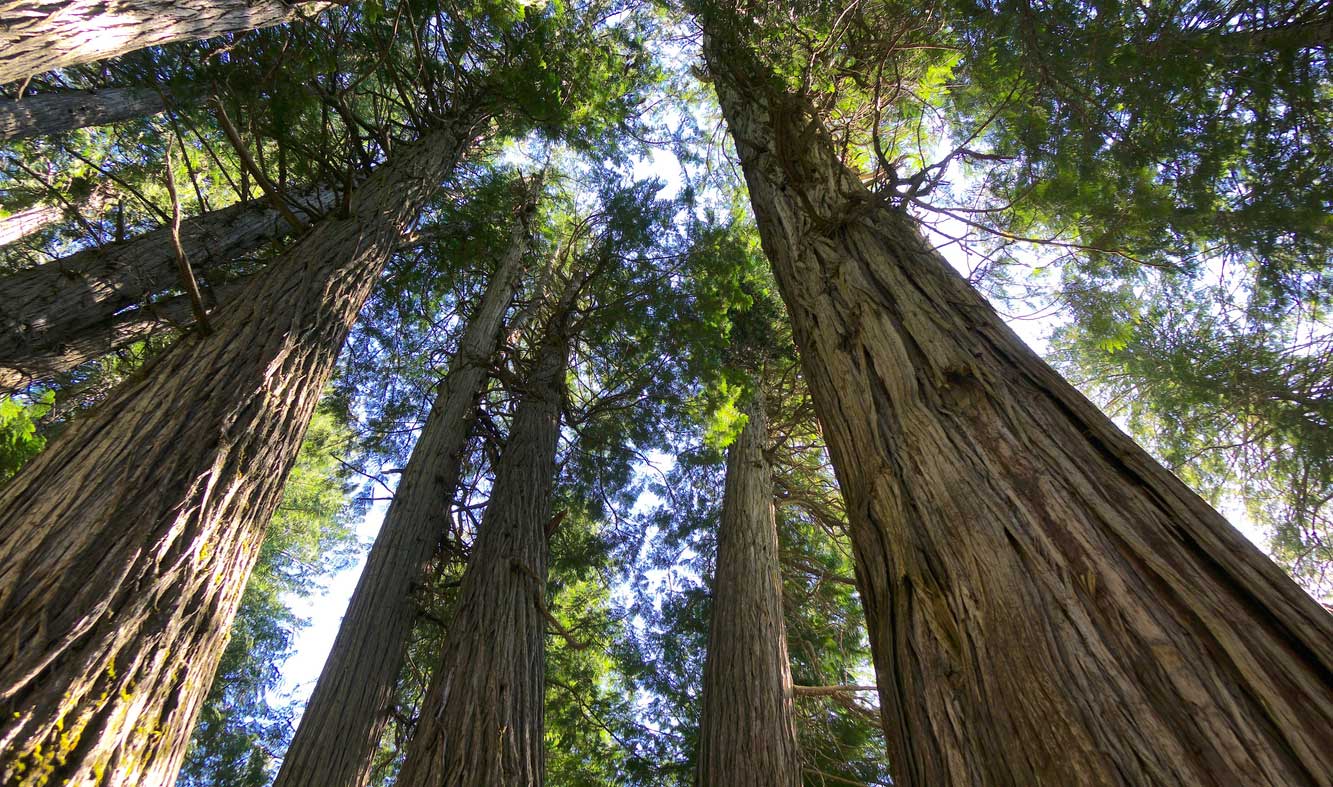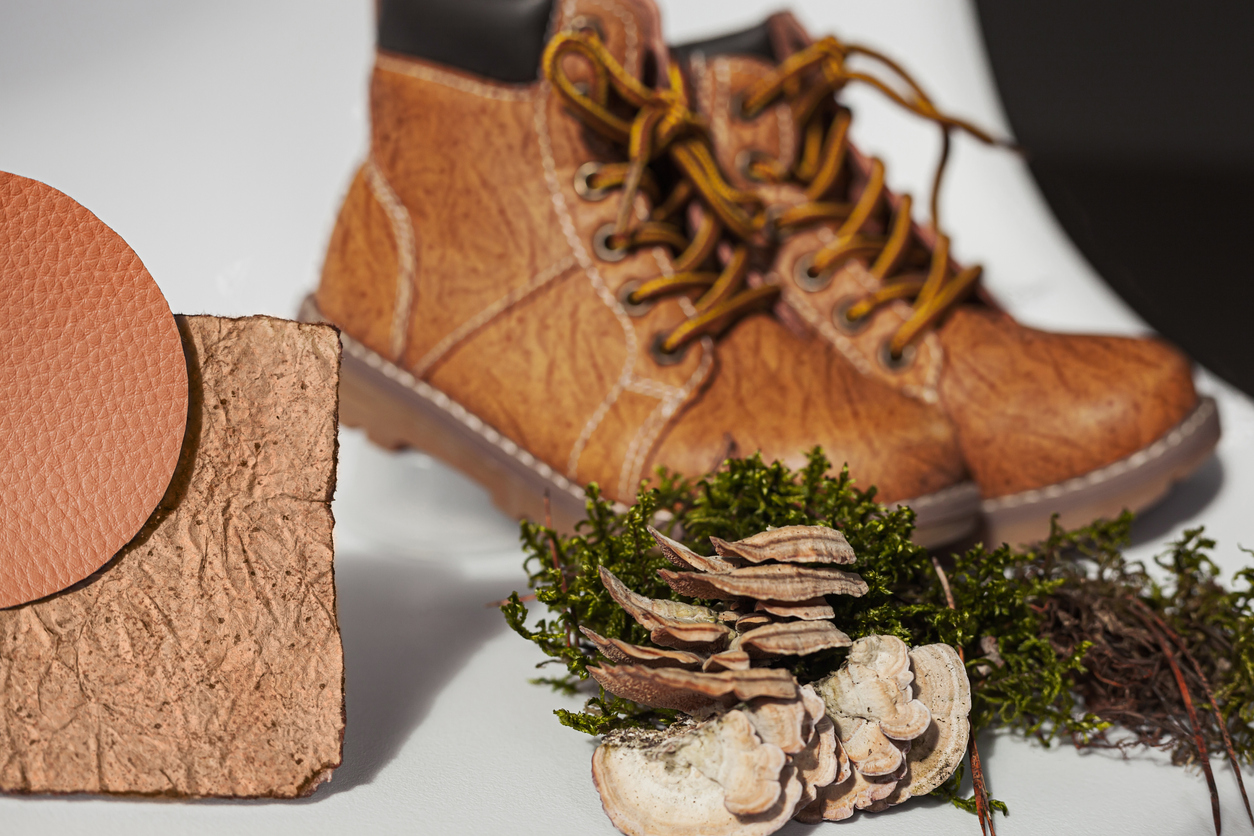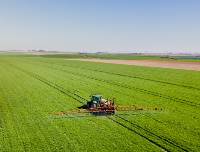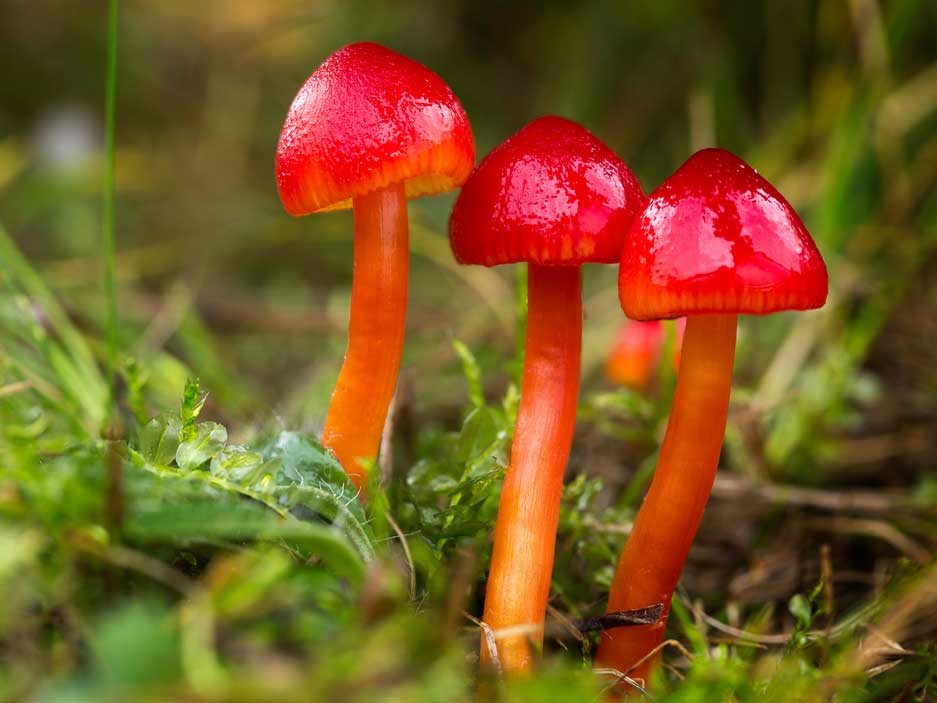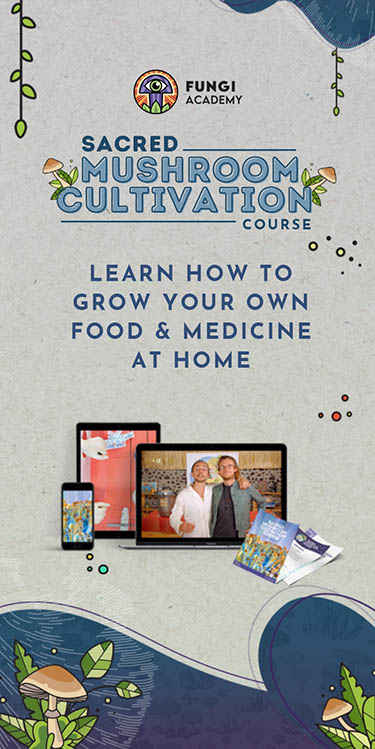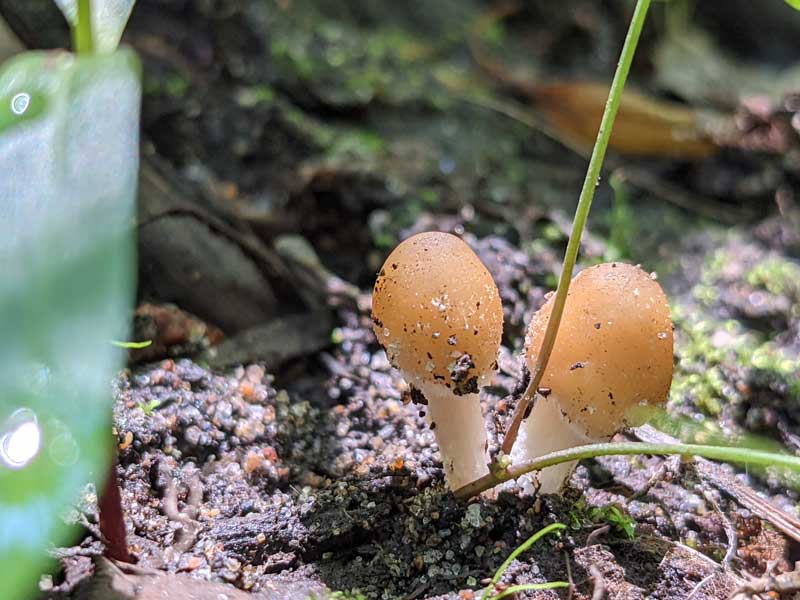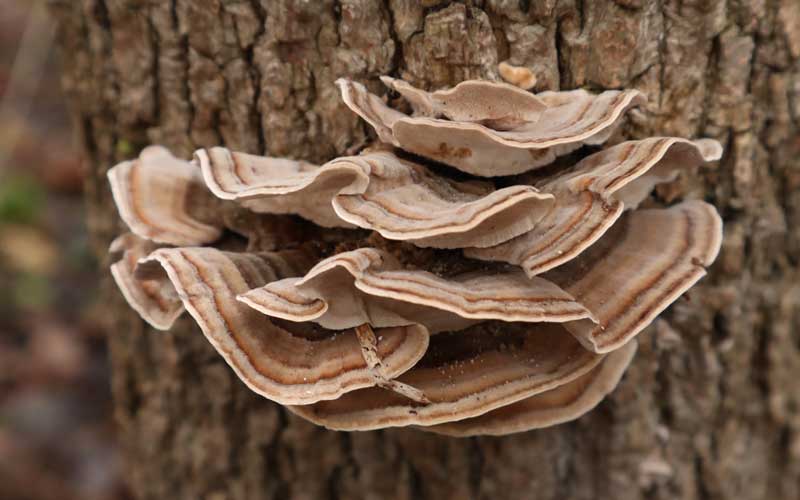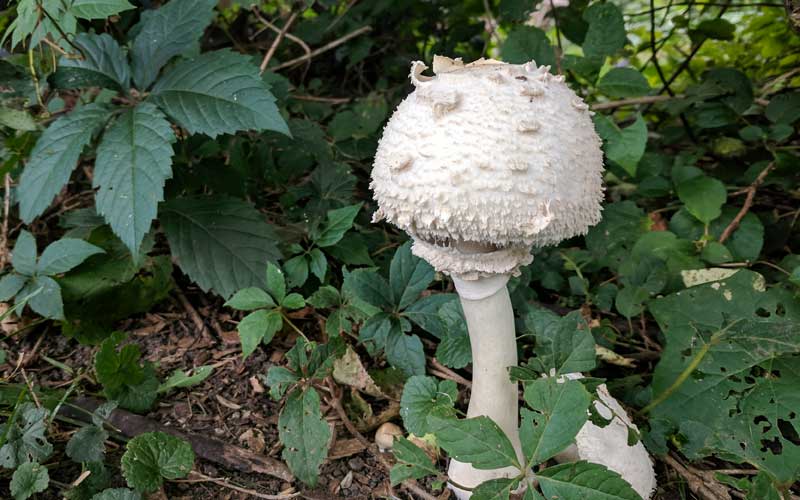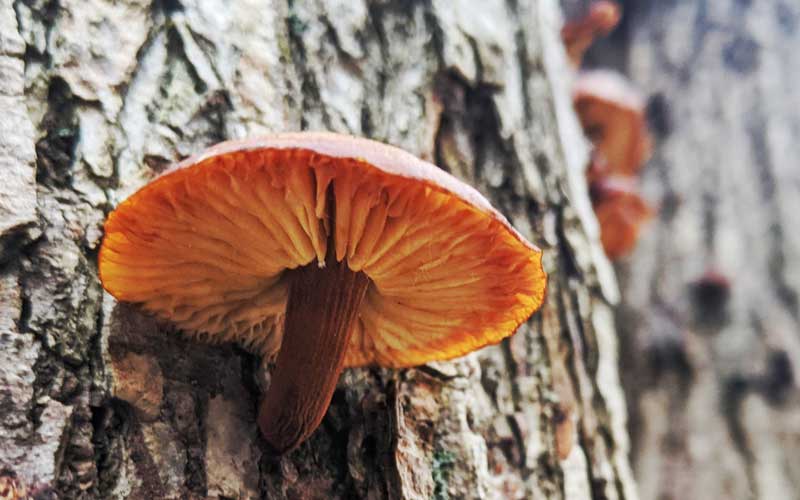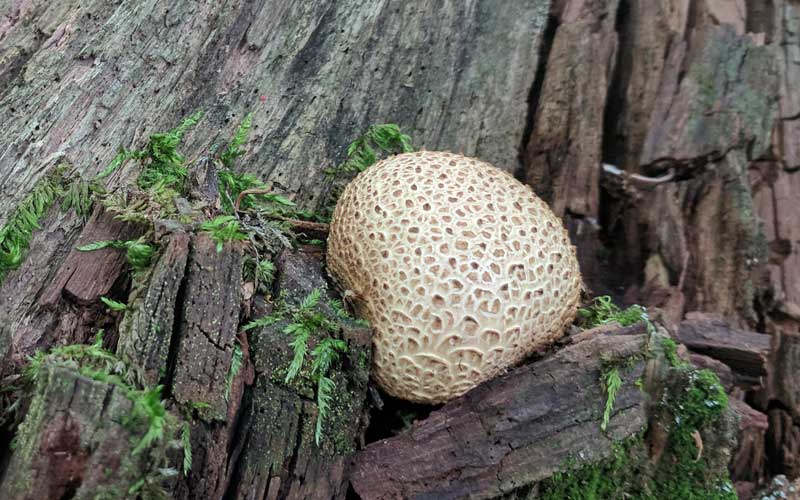- Home
- Mycelium Intro
- Garden Soil
Mushroom mycelium is the secret ingredient in healthy garden soil.
The secret to bountiful gardens and healthy trees is simple – it’s all about the soil!
And the fundamental building block of healthy soils is mycelium – a subterranean network of fungi roots that lace through the earth in fantastic, branched patterns of thread-like filaments, called hyphae.
In forests, gardens, and deserts – mycelium colonies form dense mats that intertwine and merge with the roots of plants and trees, building symbiotic relationships with all species that grow in soil. Without mycelium, entire ecosystems would collapse.
Fungi are hyper-efficient managers, building complex cellular networks that facilitate nutrient exchange and carbon transformation, retain water, curate beneficial microbes, decompose organic matter, ward off disease and pests, prevent erosion, filter toxins, and boost plant immunity.
They also transmit electrical signals, enabling trees and plants to communicate with each other through their roots.
Cultivating mycelium and healthy soils is the most important thing a gardener can do. Here are simple ways to harness the power of fungi in the garden.
Never use herbicides, fungicides, insecticides, or antimicrobials.
A new study published by Frontiers in Environmental Science, confirms that pesticides wreak havoc on soils. In the most comprehensive soil review ever conducted, researchers analyzed nearly 400 published studies (and 2,800 experiments).
Conducted by the Center for Biological Diversity, Friends of the Earth, and University of Maryland, they determined pesticides harmed soil organisms in more than 70% of experiments, including fungi, beetles, ground-nesting bees, and earthworms.
50-100% of all applied pesticides end up in the soil and are the driving factor in biodiversity loss. Instead, use non-toxic options – Insecticidal soaps, companion plantings, and beneficial insects like ladybugs.
Minimize tilling – Digging in the top 10 inches of soil kills mycelium and harms microbes.
Tilling also promotes invasive weeds, exposing buried seeds and rhizomes to sunlight. Only dig the correct size hole for each plant and leave surrounding soil structures intact.
Cover bare ground. Mulch is soil’s best ally, and works in tandem with mycelium.
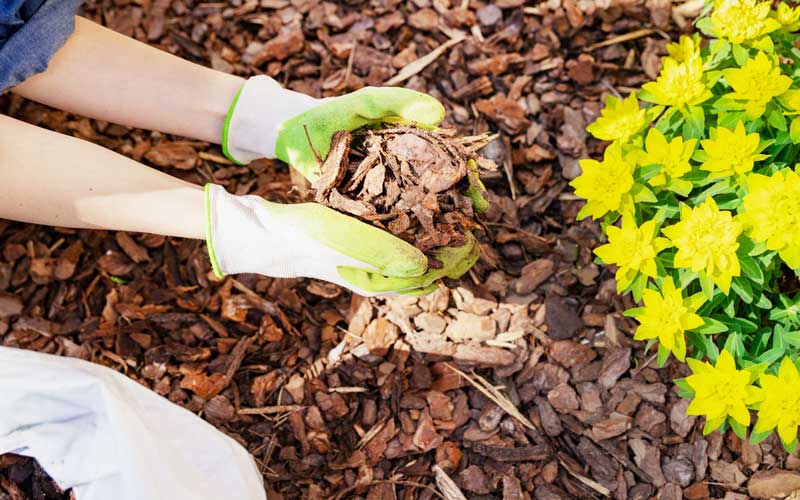
Mulch smothers weeds, improves nutrient cycling, moisture retention, drainage, and controls erosion. Mulch keeps soils cool in summer and warm in winter.
Bare ground does the opposite – it accelerates leaching (from irrigation and rainfall), increases erosion (from wind and water), and promotes evaporation. Leading to dry compacted soils difficult for fungi to thrive in.
Mulch is simply a protective layer that can be organic (from living organisms), or inorganic (plastic, rubber, rock). Organic mulches biodegrade and feed mycelium – leaves, straw, bark, wood chips, pine needles, grass clippings, sawdust, peat, burlap, even newspaper or cardboard.
Cover crops (clover, grasses, or legumes) also stabilize soils and replenish essential nutrients. But they require invasive digging to turn over and work back into soil.
Tree bark mulch is ideal for mycelium.
Fungi and trees have a reciprocal relationship that goes back 400 million years, when trees first evolved. Fungi have been around nearly 1.5 billion years, and know a thing or two about survival. Trees are genetically programmed to cooperate with fungi!
Hardwood bark (oak, maple, cherry, hickory, birch), provides more nutrients than softwoods. But avoid mulch treated with dyes or chemicals – they’re often derived from shredded pallets and inferior byproducts.
Bark mulch is versatile groundcover for flowers, herbs, shrubs, and trees.
However, vegetable beds require something lighter and finer textured. Like compost…
Organic mushroom compost is a sustainable, all-purpose mulch safe for vegetables.
Mushroom compost decreases soil density, moderates pH, retains water, and provides slow-release nutrients. It’s also more cost-effective than synthetic fertilizers. Best of all, it doesn’t smell like manure!
With antifungal, antibiotic properties, mushroom compost prevents disease – including molds, wilt, blight, root rot, and rust – on tomatoes, chilis, cucumbers, cabbage, potatoes, and apples. It wards off pests and can help remove heavy metals and contaminants from soils.
However, this compost isn’t made from mushrooms…
Mushroom compost is made from spent mushroom substrate (SMS).
Substrate is the growing medium in which food-grade mushrooms are cultivated – usually some combination of straw, manure, gypsum, lime, and biowaste (corn, hemp, soybean, canola, bark). Substrate is steam-pasteurized, cured, then inoculated with mycelium spores.
After several harvests, substrate is spent, but retains high nutrient value for gardens. It’s combined with biowaste (bark, hemp, or peat) then finely shredded into compost.
Mushroom compost increases vigor and yields in crops like lettuce, cucumbers, eggplants, peppers, tomatillos, strawberries, and especially tomatoes! It improves soil alkalinity and provides a rich calcium source that tomatoes need – and inhibits blossom end rot.
Here’s how to get started in your garden…
Use mushroom compost as an all-purpose mulch and soil amendment. It can usually be found in local nurseries, and home & garden centers. The Mulch and Soil Council is another great resource to help you locate products in your region.
Apply a 4-6” layer of mushroom compost as ground mulch in late spring to fuel the growing season. Then add another layer in the fall to replenish soils over winter. It only takes about six months for mycelium to colonize.
You can also add mushroom compost to containers for lush flowers and foliage – simply mix a ratio of 25% compost into standard potting soil.
For prolific vegetables and prized tomatoes – gently work 3” of undiluted mushroom compost into the top layer of garden soil or raised bed medium. It’s that simple!
With soils and tree root systems that are severely compacted or stressed, mycorrhizal inoculations are the quickest way to introduce the healing power of mycelium.
Unlike compost, inoculants are formulated with active mycelium spores and healthy bacteria, which help fight disease and aerate dense soils. They come in three, easy to apply forms (granules, powders, and concentrated solutions), and are sold in most garden centers.
With these simple organic methods, even a novice can harness the ancient power of mycelium in the modern garden.
Related Topics:
The Secret Life of Fungi in Your Compost Bin
Compost fans witness the slow breakdown of kitchen and garden waste. But did you know the primary driver of compost are fungi? Read the full article...
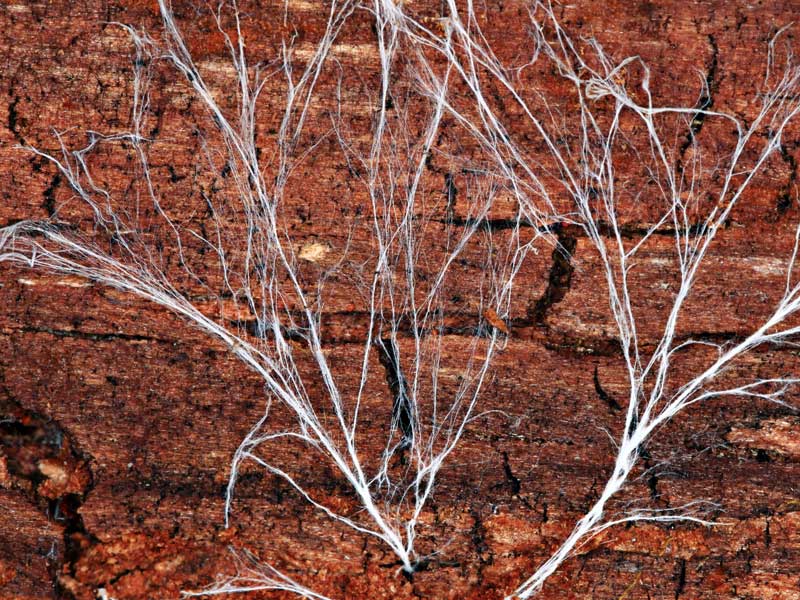
Mycelium… the underground network that connects and supports all life.
Mycelium is the miracle beneath our feet. It’s the root system of the mushrooms we see above ground, and a whole lot more. Read the full article...
Mushrooms and Fungi are Nature's Allies in Combating Climate Change.
In a world threatened by climate change, mushrooms and fungi can help us mitigate the harm through carbon capture and more. Read the full article...
How mushrooms and mycoforestry improve forest health.
Mycoforestry is the strategy of using mycorrhizal fungi to help damaged ecosystems—big or small—recover faster. The full article...
10 Ways Mushroom Mycelium is Being Used in Modern Materials.
While mostly hidden underground, mycelium is now making it possible to create a whole new range of eco-friendly materials. Read the full article...
Fungi’s Growing Role in Sustainable Agriculture.
Industrial agriculture comes at a cost. Fortunately, fungi can help create a more sustainable agricultural future. Read the full article...
4 Ways mushroom mycelium challenges our definitions of intelligence.
As humans we like to believe only our species is intelligent. Research into fungal mycelium is now challenging that assumption. Read the full article...
